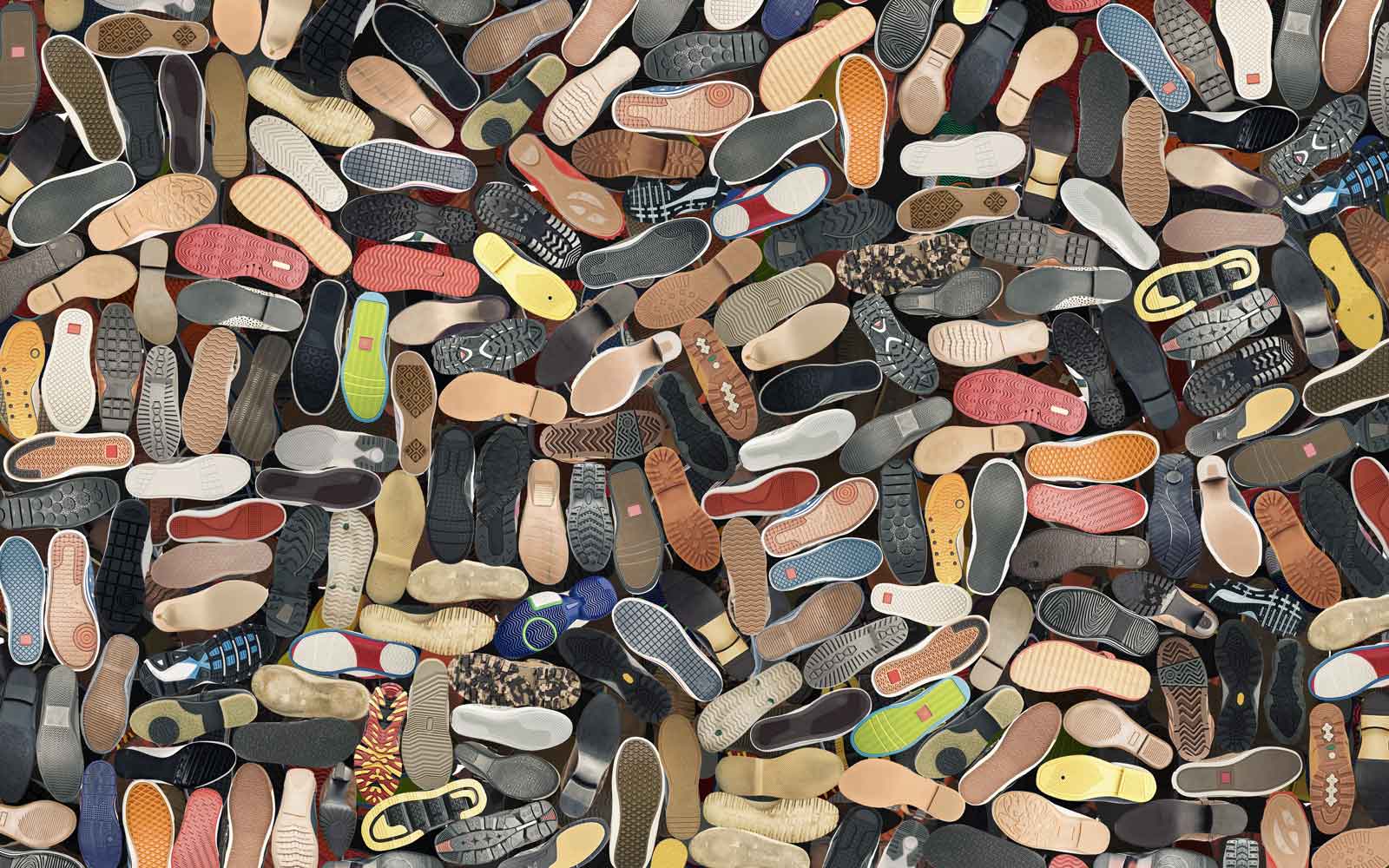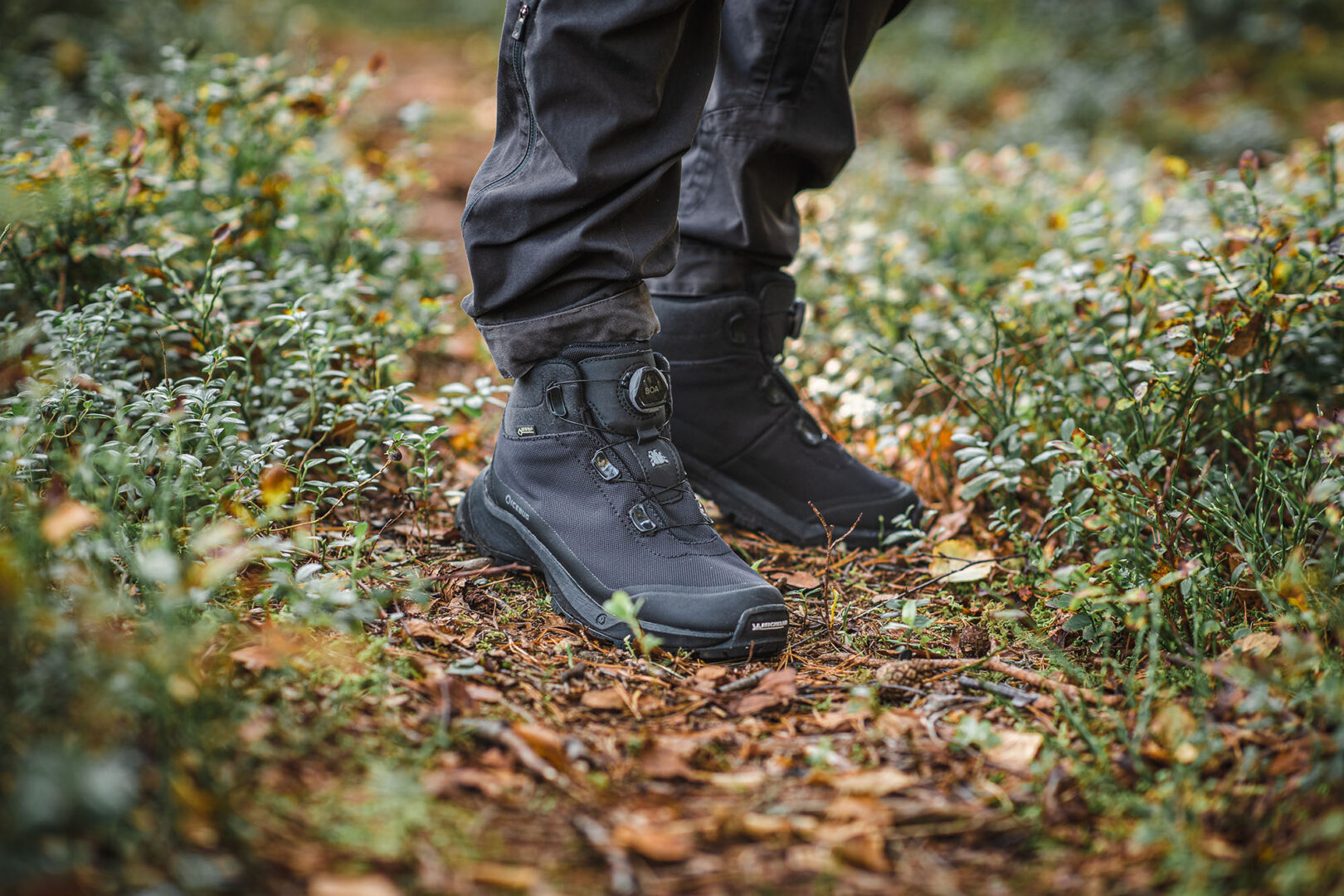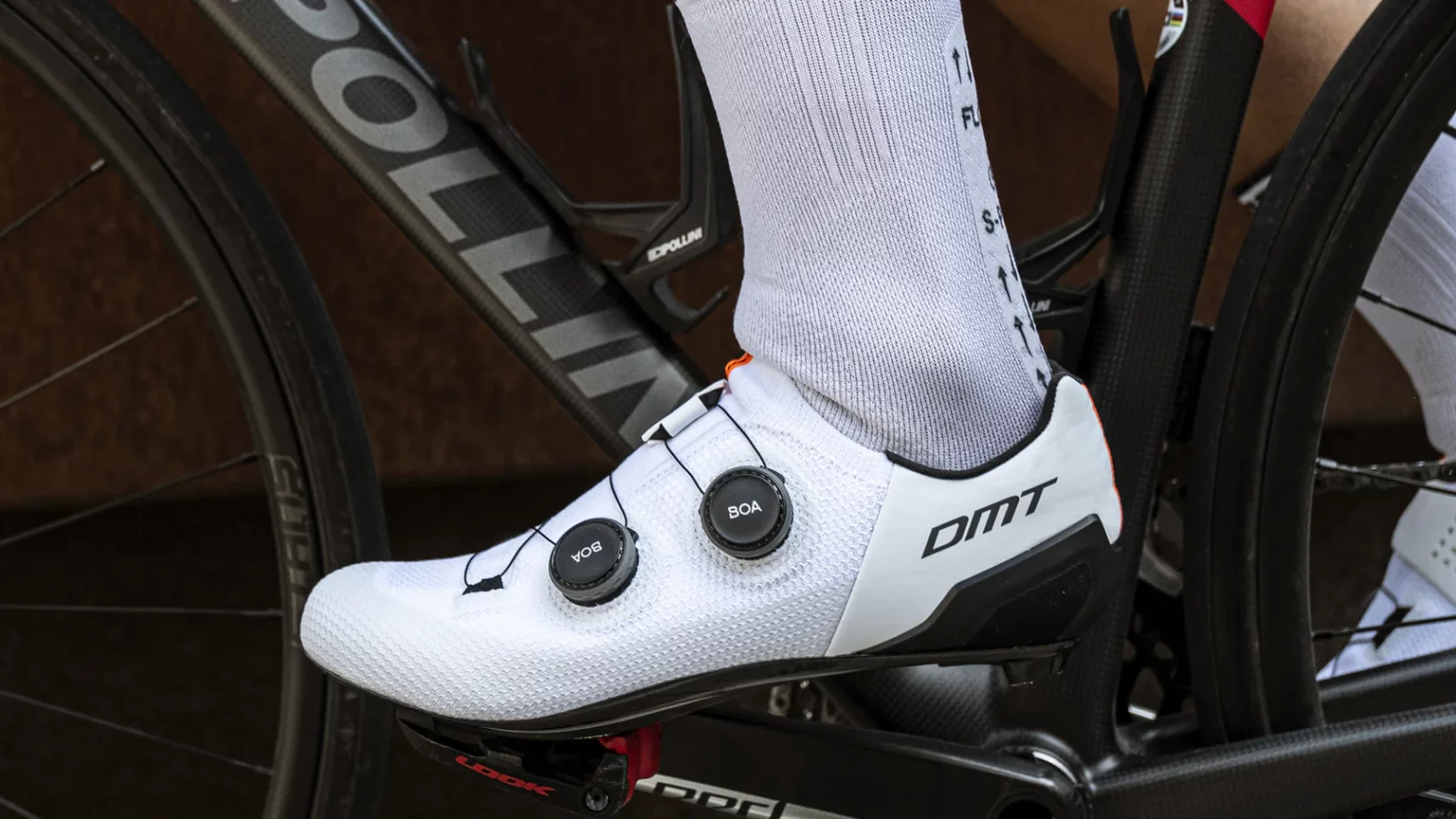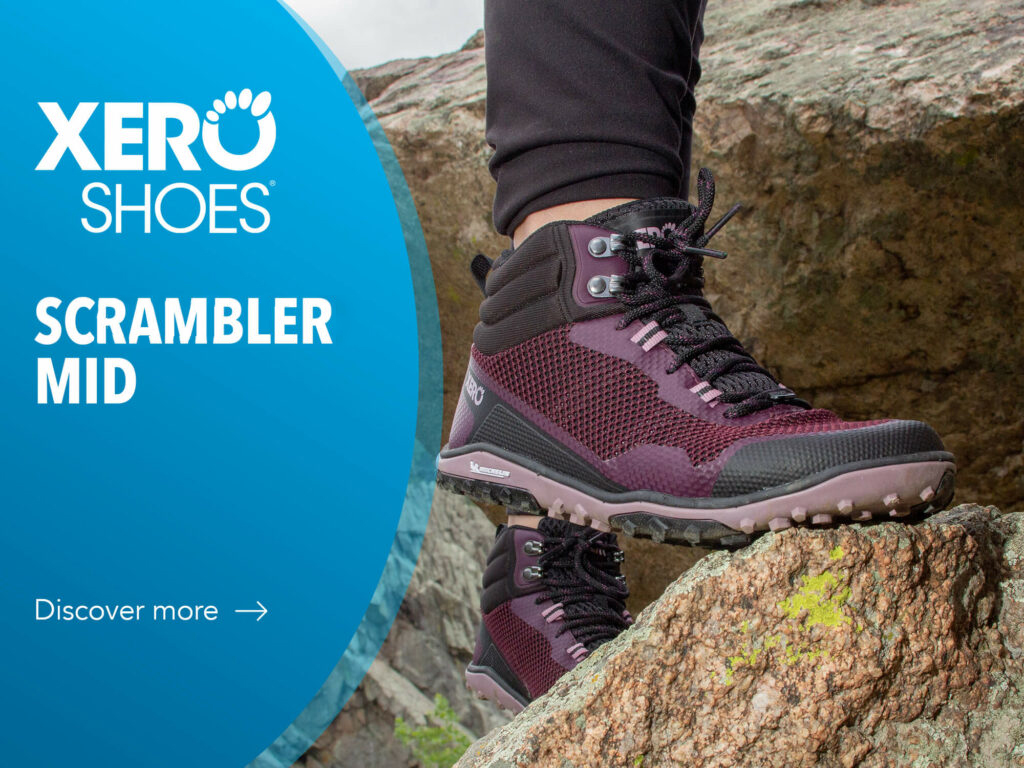Store shelves are increasingly crowded with footwear made with knitted uppers.
As soon as knitting is mentioned, the thought immediately runs to grandma with knitting needles and ball of wool curled up in front of the fireplace. Obviously, this is not the case.
Knit uppers have been a real revolution for the footwear world and are the result of years of research at the level of machinery and technology that can produce them, yarns, design and production processes.
The upper is a crucial part of a shoe that serves a variety of functions: it must fit perfectly to be comfortable, but it must also support the foot during walking. It needs to be stiffer in some places to protect the foot from impact, but it is best if it allows the foot to breathe.
It is easy to see how achieving all these results with a knit fabric was not exactly straightforward, especially when you consider that other materials have years of experience behind them and that the world of shoe manufacturing boasts almost ancestral methods of construction that are difficult to unhinge.
Let’s get to the point, then:
if it was so complex to make the first knit uppers and it takes such advanced machinery to make them, what are the benefits of adopting them? Why does the sports world (and beyond now) seem to favor them?
It is well explained by those at Sneaknit, a company that uses the best Knitting technologies to sustainably produce uppers and panels for shoes and bags.

Let’s start with the comfort that a knit upper provides:
it adapts perfectly to the foot, promoting a state of comfort, lightness and breathability. In addition, the upper is a single piece, which does not create stress on the foot thanks to the total absence of seams, except for the back one on the heel, which is unavoidable to close the model. What’s more: in the upper itself can already be created the channels for the passage of the closure and the respective eyelets. In this way, the shoe is really a whole, a single piece that guarantees a comfortable, high-performance fit.
In terms of design:
Knit offers an endless choice of textures to create exclusive and innovative moods. And the level of customization goes much further thanks to embroidery, high frequency, digital printing and thermo appliqué. Use of technical and recycled heat insulating, antibacterial, water resistant, stretch and non-stretch, anti-cut, fire retardant, TPU, Nylon and Polyester yarns. 3D textures with color variations that can be perfectly combined with clothing and bags.
Clearly, the knit upper lends itself to an almost innumerable number of variations.
The advantages also exist at the production stage:
As knit allows for no additional costs beyond the manufacture of the upper. The semi-finished product, in fact, is ready for assembly ensuring a strong reduction in the complexity of the production process and a clear reduction in production time by at least 40% compared to the normal cutting and hemming process with processing intervals reduced by 30 days compared to the standard. This is followed by the relative reduction in costs that are usually incurred for those operations.
At the sustainability level, knit offers a considerable cut in processing waste that almost always also translates into disposal costs.
So, it is clear how making a knit upper has represented a Copernican revolution of sorts for footwear production. A revolution that shows no signs of relaxing.
Research and development in this area does not stop.
Lenzing, which manufactures the sustainable Tencel® yarn, recently collaborated with Karl Mayer Group, a world leader in textile machinery, to enable the seamless adoption of a higher percentage of botanical, biodegradable and fossil-fuel-free materials during textile production in both chain and flat knitting machines.
The synergy between Coatyarn, a manufacturer of highly technical and high-performance coated yarns, Santoni, a leading manufacturer of circular knitting machines, and Macpi, which offers state-of-the-art finishing and heat-sealing technologies, has resulted in the REvolution Shoe project, a knit shoe made with a TPU yarn made in Italy.


TPU Evolution®, suitable for making knit uppers, for outdoor shoes, sports, leisure, as well as workwear. TPU Evolution® is a yarn that guarantees very high resistance to abrasion, solvents, wear and tear, hydrolysis, oils and greases, UV rays and aging, is permanently antibacterial and gives a soft and comfortable hand while enhancing the brilliance of colors. It is 100% recyclable: an upper made with only TPU Evolution® yarn is in fact totally recyclable. TPU Evolution® is a yarn made entirely without solvents, dyed with water-free technology and produced with a zero-waste perspective, for the constant reduction of waste and energy waste.

The beauty of a knit upper made from that type of yarn is that by adding a TPU sole, it will be possible to create mono-material shoes: TPU Evolution® uppers and laces with polyurethane soles, for a 100% recyclable product.
Case History:
It is therefore clear that since Nike’s Flyknits a few years ago, there have been a great many steps forward made by knit uppers, as also demonstrated by the cycling shoes developed by DMT.

While almost everyone has always thought that to push on the pedals you needed a light, stiff shoe that did not dissipate force at the cost of sacrificing comfort, DMT thought that in the long run (and cycling knows what the long run means) the absence of comfort would affect performance. So, it wondered whether it was strictly necessary for the entire shoe to be rigid or perhaps it was enough that only the carbon sole was and otherwise the foot could breathe.
DMT realized that a knit upper for cycling could provide better temperature control, promote better circulation, and consequently gain performance.

For example, the KNIT 3D technology adopted on the Kro model takes knit structure innovation to the highest level. By using technical yarns and specific Engineered Knit structures, it makes the shoe so light that you can hardly feel it on you. Lightness, fit, enhanced breathability and hyper-performance drying are just some of the benefits that can combine comfort with excellent performance.
Work & Safety:

As mentioned, not only has the sports world adopted knit technology, but it has also passed the baton to work & safety. Think of Kapriol’s Pilot line, outdoor-derived work shoes featuring a sporty design thanks to the upper made of the innovative K-Knit fabric with TPU inserts that ensures the work shoes are highly resistant to abrasion and contact with chemicals.
Pilot is the model of sporty safety shoes that ensures light weight and high feeling of comfort throughout the day.
What further evolutions of knit will be we will find out with time, but now let’s wear our ‘socks with soles’ and enjoy the comfort of a revolution.
You may also be interested in the following articles:

Run like the wind… with carbon fiber in the midsole of your running shoes
Your running shoes are a ball and chain. Meaning they might be comfortable, but slow you down compared to solutions that include a carbon fiber midsole. How so? Let’s find out qualities and performance of this material created to improve running shoes.

Different types of soles for shoes: choosing the right one for you
How many types of soles exist? What uses are shoe soles intended for? Let’s find out

Soles (and shoes) are not all the same
By learning to distinguish the differences and characteristics among different soles, it can help you choose the right shoes.













































